Spring treatment of the garden from diseases and pests and diseases, basic preventive measures
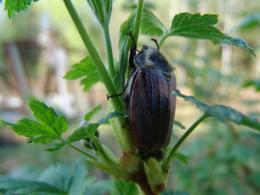
Spring is an important period in the life of every gardener. At this time, it is necessary to inspect the garden plantings, inspect each plant and evaluate its condition. In addition, spring is a favorable time to fight diseases, pests, and most importantly, spring is the time of year when preventive measures can be taken. All garden plantings can be divided into three groups:
- pomaceae
- stone fruit
- berry bushes
There are common pests and diseases, and there are those that only affect plants of one group. Let's find out which spring treatment of the garden from pests and diseases is important and priority.
Content:
- Some insects are pests of garden crops and spring treatment against them
- Spring measures to combat diseases of garden plants
- Preventive measures against pests and diseases in the spring garden
Some insects are pests of garden crops and spring treatment against them
Pome-bearing garden plants are usually classified as those that have juicy fruits with seeds inside. From a botanical point of view, such a fruit is called an apple. Pome crops include:
- apple tree
- quince
- chokeberry
- pear
Stone fruit plants include plants if the hard stone is surrounded by pulp, these are:
- cherry
- plum
- apricot
Berry bushes in the garden:
- gooseberry
- raspberries
- currant
The main pests of the listed crops are:
- pear sawfly
- apple fruit sawfly
- brown fruit mite
- glassware
Each of the pests causes significant damage to plants and can not only reduce the yield, but even leave them without fruits and berries.
Pear and apple sawflies
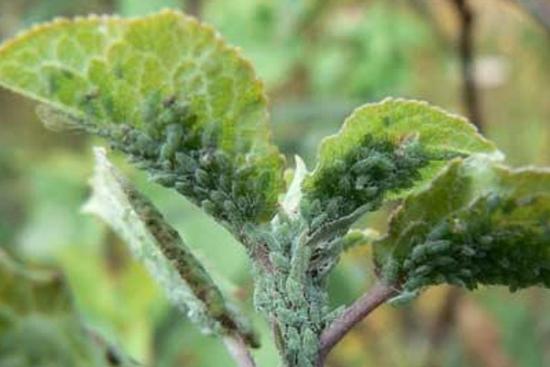
Pests from the order Hymenoptera have a similar appearance and development cycle. An adult insect is up to 1.5 cm long and has two pairs of wings. The apple sawfly differs from the pear sawfly in color. The apple has darker veins on the wings and the upper body is brown, the underside is yellow, the pear has a reddish body. Damage is caused by the larva at any stage of development. Damages leaves and fruits.
They can destroy up to 80% of the crop. Overwinters in the soil at a depth of 10 cm. Control measures:
- loosening or digging the soil in early spring
- collection of damaged ovary and destruction by thermal exposure
- spraying before flowering with karbofos, actellik
The main preventative measure is to avoid planting the garden in wet areas.
Brown fruit mite
Typical in appearance mite with a flat oval body of brown, brownish-red color. Body length no more than 0.6 mm. The larva damages the buds and leaves. It prefers to feed on apple trees, but can harm any garden crop. Infection usually occurs in the spring. Overwinters in the egg stage on the bark.
The fight consists of spraying with nitrafen, karbofos until the buds open. Repeated spraying is carried out only after flowering has ended. Prevention consists of early spring whitewashing of trees with the addition of urea, as well as regular collection and destruction of damaged foliage.
Glassware
A small butterfly that resembles a wasp, a pest of currants and gooseberries.Females lay eggs on the surface of the bark. The emerging caterpillars, through any damage, gnaw into the petiole pits inside the shoot and feed on its center. They most often overwinter at the base of shoots.
Emerges in spring, before flowering begins. Signs of damage are weak leaf growth and wilting of shoots. It is dangerous because it can damage up to 85% of plantings; there are no resistant varieties yet.
There are no active chemical control agents. For prevention, in early spring, cut out all broken, weak, extra shoots and remove plant debris under the bushes. Treat planting material with Nemobakt. The number of species of insect pests of garden plantings is in the hundreds. It is important to carry out the following general preventive actions:
- sanitary pruning
- removal and destruction of all plant debris
- early spring spraying in mid-March with urea, copper sulfate
- repeated spraying on opening buds or after flowering
In addition to insects, plant diseases can also harm the garden.
Spring measures to combat diseases of garden plants
Most diseases of garden trees and shrubs are caused by microorganisms:
- microscopic fungi
- bacteria
- viruses
To reduce the risk of infection, during any pruning of plants, including in spring, all cut areas must be carefully treated. It is also good to cover up all natural damage to the bark with garden varnish after the end of frost.
Video about pest control in the garden:
Powdery mildew, scab and moniliosis
Garden plants, especially gooseberry and currant bushes, very often suffer from the fungal disease powdery mildew.To destroy the pathogen in early spring, before the leaves bloom, the bushes are treated with a solution of nitrafen.
This fungus affects apple and pear trees and other plants. The disease is dangerous because it can reduce the yield by 50%. In addition, the pathogen spreads very quickly to healthy plants. Garden plantings are most often affected in very wet spring and summer. The fungus harms leaves, flowers, and fruits. Scab is especially dangerous immediately after the young leaves open.
The leaves become covered with a brown coating and fall off; the infection spreads from the leaves to the fruits. Affected fruits grow lopsided. To eliminate the pathogen, two sprays are carried out in the spring. Bordeaux mixture. The first spraying is before the buds open, the second is after flowering. Similar treatment is carried out for moniliosis or fruit rot. It's no secret that the best treatment is prevention.
Preventive measures against pests and diseases in the spring garden
An important preventive measure is the disinfection of garden tools after the autumn season. Shovels, hoes, and rakes need to be cleared of soil. Remove rust. Lubricate the metal parts with machine oil and store in a cold room.
Wipe the working surfaces of pruners, garden knives and scissors with any disinfectant liquid. Everything that can be washed is washed in a caustic soda solution. The second important step is to remove all plant debris. This must be done as soon as the snow melts and the weather permits.
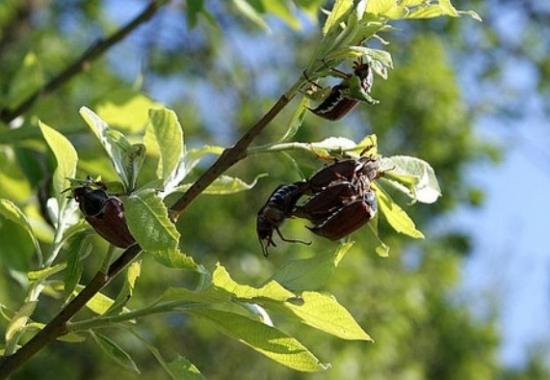
Sanitary pruning of all damaged shoots will also help protect the garden from pests and diseases. It is important to carry out preventive spraying of garden plantings in a timely manner.In March, when the average daily temperature does not fall below + 5, you need to prepare trees and bushes for preventative spraying.
To do this, clean the tree trunks with a special brush. Remove all trash and trim damaged branches. For spraying, dilute 700 g of urea and 100 g of copper sulfate in 10 liters of water. This mixture is ideal for those cases when autumn garden work has not been carried out. The second spraying can be carried out before the buds open and use a solution of Bordeaux mixture for it.
To do this, 50 grams of copper sulfate and 200 g of quicklime are diluted in 10 liters of water. Taking into account the fact that each type of garden plant can be parasitized by several dozen parasites and pathogens, timely spring preventive measures will help protect the garden from most of them.

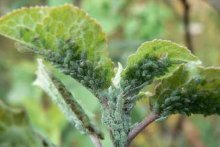
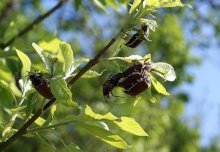
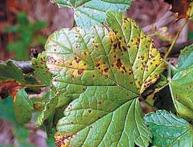


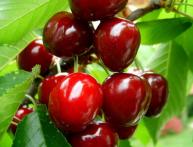
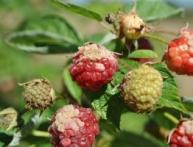
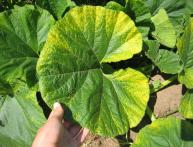
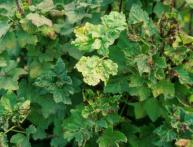
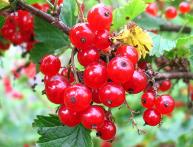
Comments
I have an eternal problem with my apple tree: the leaves turn black, the apples do not have time to ripen and fall off. At the beginning of the season I fertilized with phosphorus, but there was no result. Has anyone encountered such a problem?
I try to carry out basic pest control measures before winter, because in the spring there is a high probability that the toxic substances used will get on the fruits and end up on my table and in my stomach.